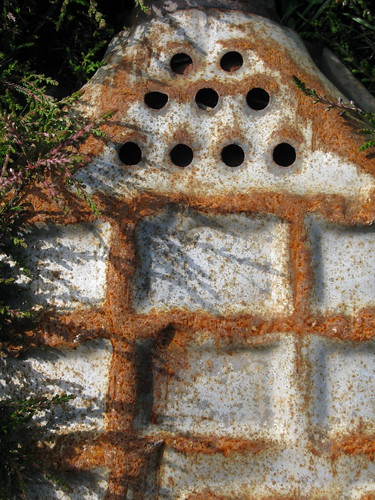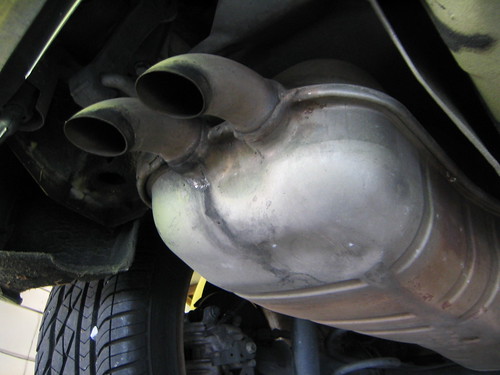Expert Recommendations To Modify Your Stock Exhaust Tips On Your Car, Truck Or SUV
![Exhaust System]()
Choosing the perfect exhaust tip allows you to:
- Apply a personalized finishing-touch to your custom exhaust system
- Replace a drooping, blown-out, rusty mess of a factory tip
- Easily add some style and individual flare to your vehicle
So you buckled down and dropped some Benjamins on a ferocious new exhaust system. You spent most of your Saturday afternoon installing the beast while visions of massive power gains and throaty rumbles ran through your imagination. After all your hard work, you know better than to top off your system with a ho-hum, factory-style tip--or worse yet, reuse the original tip that you just cut off. That's like wearing your dirty socks after a shower! Instead, add the crowning-touch to your new exhaust system with one of the many exhaust tips available online. With our vast variety of styles to choose from, you're sure to find that one perfect tip to make your statement.
Replacing factory exhaust tips
Let's face it, most factory exhaust systems leave a lot to be desired. They're usually not designed for performance or tuned for a killer sound. Worse yet, they're often made from untreated mild steel that rusts out and eventually fails. Not to mention how mundane factory exhaust tips look--even when brand new. And nothing says "jalopy" like an old corroded exhaust tip hanging from under a vehicle. Whether you want to beat the rust demons to the punch or you need to replace a dragging tip that leaves a spectacular shower of sparks in your wake, a custom chrome exhaust tip will showcase your individual style and replace that weak factory pipe topper.
How do I know what size to choose?
To ensure that you order the correct size exhaust tip, 3 sizes must be known:
Inlet Size:
The inlet measurement on the exhaust tip must match the diameter of your
tailpipe.
Outlet Size:
This is the size of the exhaust side of your tip. Some tips flare out, some are straight. If your vehicle's body has a cut-out for a stainless steel exhaust tip, make sure the new one will clear this area to avoid an unsightly fit, or even worse, burning or scorching your vehicle's body.
Length:
This measurement determines how far out your tip is going to extend. Just as with outlet size, you must consider the locations of any factory cut-outs. You also want to make sure that the hot exhaust gasses will be exiting safely.
How do I decide between stainless steel and chromed steel?
Both materials are great for building high-quality exhaust tips. If you're looking for economical style, go with the chromed steel. If you seek a long-lasting luster and a material that stands up to years of abuse, stainless steel is your answer.
Chromed Steel Is:
- Inexpensive
- Lighter than stainless steel
- Less tolerant to long-term abuse
- Prone to rust once the chrome layer is compromised
Stainless Steel Is:
- Polished, not plated
- Extremely resistant to corrosion
- Provides years of service and still gleams
- Costs more than chromed steel
Buying online is the way to go for tips. I found the perfect match for my Toyota Tacoma and ended up purchasing a magnaflow exhaust tip and still turn heads on the road! :)
outdoor grill cooking how to stop cat scratching furniture



